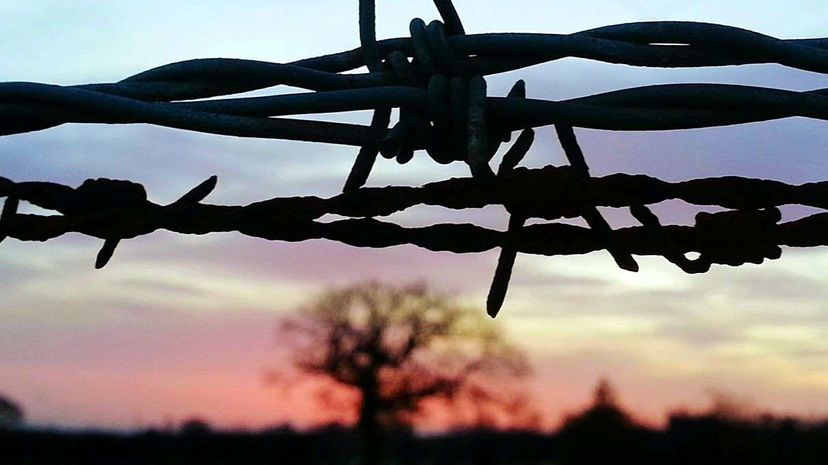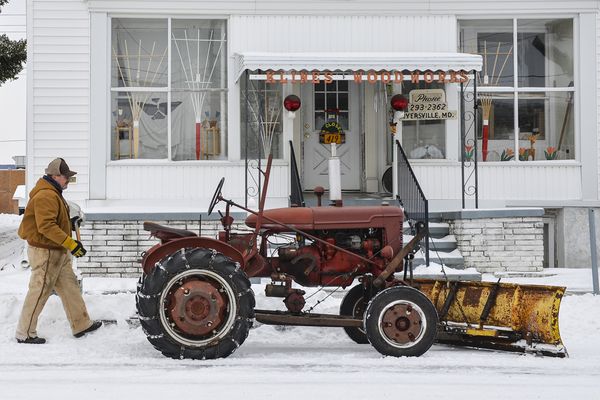
Consider the technological advances of the early 1900s. The era introduced refrigerators, radios and the first electric washing machines, just to name a few. It also ushered in one of the most widespread — and simplest — technologies to change communication: the barbed wire.
While barbed wire may seem like an unlikely "tech," at the time it was an ingenious way for farmers and ranchers to encircle their territory. But that's not all! Barbed wire also let people communicate with each other from isolated houses and far-flung pasture corners — all it required was hooking a store-bought telephone to wire fencing.
Advertisement
There were already miles of barbed wire fences strung as property lines and pasture dividers throughout the expanse of the United States, from the Great Plains to the Midwest and Southwest. Turning them into telephone lines turned out to be a relatively straightforward process.
Typically, a smooth wire was strung from a telephone in a house or barn to a barbed wire fence. From there, it hooked into the top strand of barbed wire (most fences had at least three strands) and the telephone signal would follow the length of the wire to a second telephone that was connected to the barbed wire down the line. Sometimes as many as 20 or more telephones at various rural homes were connected onto a single barbed-wire system.

The system, while workable, was imperfect. Barbed wire fences didn't run seamlessly throughout the countryside, so overhead or buried wires were used to bridge communication over roads, ditches and other gaps in fencing. And there were frequent outages brought on by cattle breaking through fences, or by rain that grounded the signal. And insulators, which ranged from porcelain knobs to broken bottles, were used to keep the barbed wire from touching the fence posts, but those weren't always effective.
For the most part, however, this low-cost telephone system kept people connected. Most of these telephone systems were a “party line,” which meant that all the telephones connected to the same phone network all rang at the same time. To combat confusion, people developed specific rings. To reach one family, a caller might give a combination of one long and one short ring. To call another family, the signal might be two short rings. In general, a long and continuous ring signaled an emergency, such as a fire or injury, causing everyone to pick up to hear the message.
The ability of everyone to listen in, at any time, was another feature (or hazard) of the “party line.” There was no guarantee, and little expectation, of having private conversations. In fact, some people would read the newspaper or play music over the party line so everyone could communally listen in. Occasionally, these rural telephone systems would develop into a system with a central party-line operator who ran a limited-hour switchboard from one of the connected homes.
At one time, farm and ranch households were the most well-networked in the nation. In 1912, for example, more rural farm homes had telephones than did urban homes. Although those numbers began to fall significantly after World War II, there are reports that several homes in Texas continued to use barbed wire telephones well into the 1970s.
Advertisement

